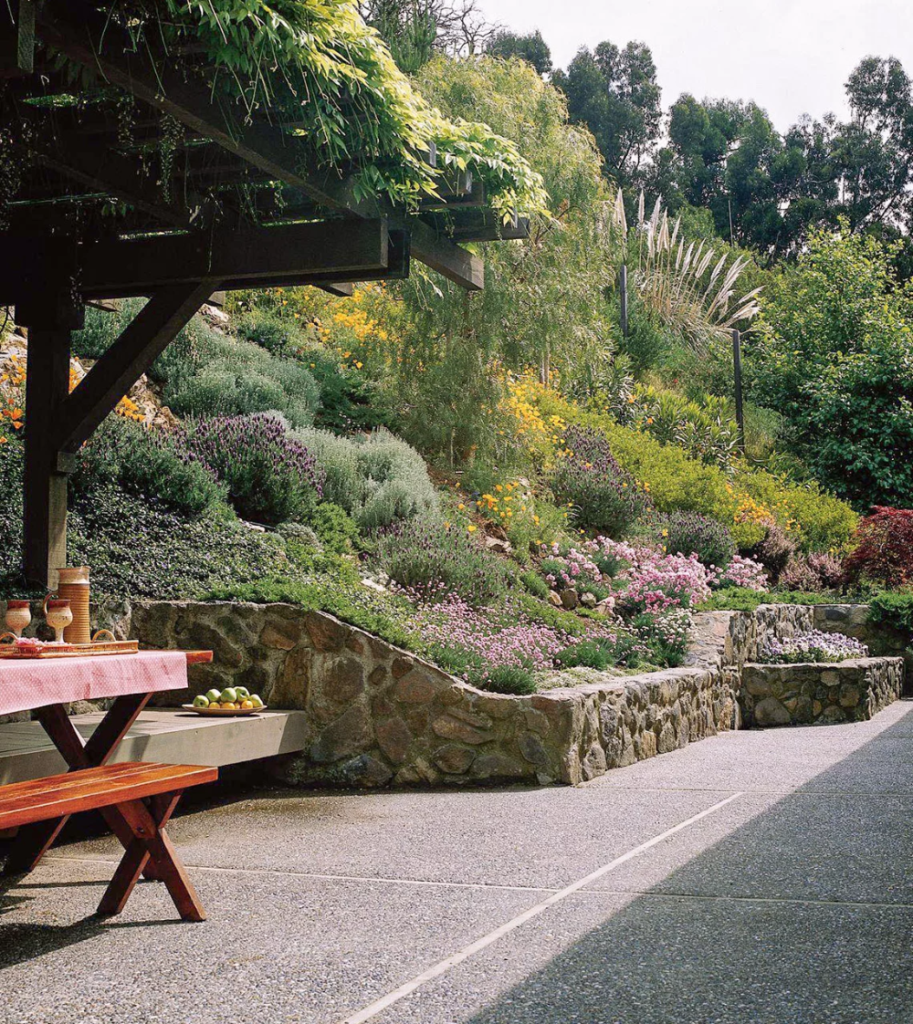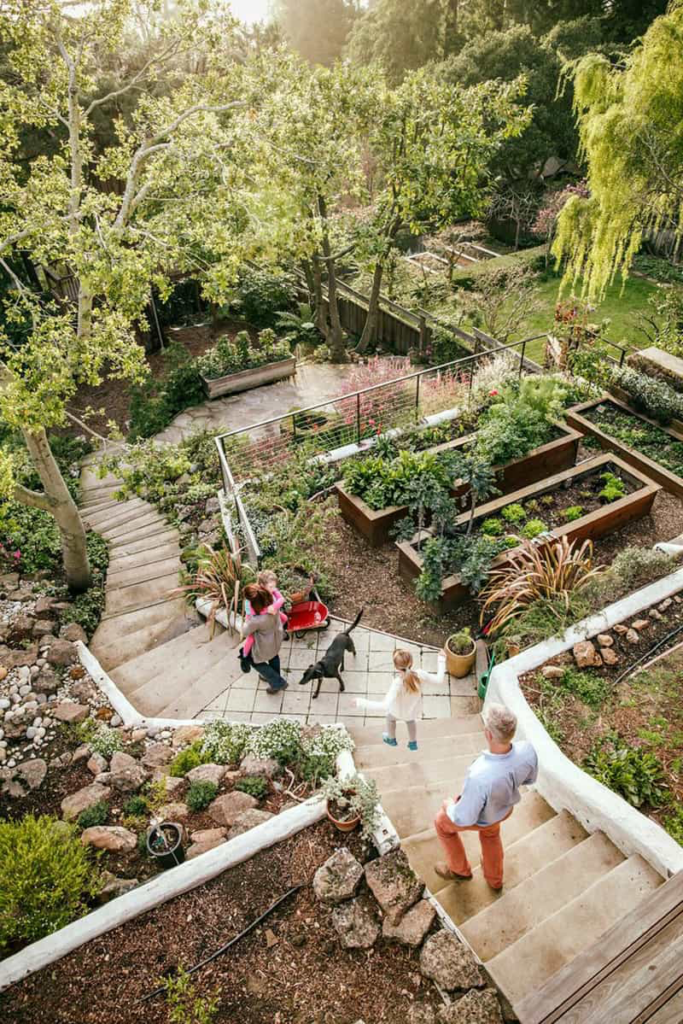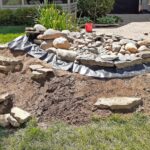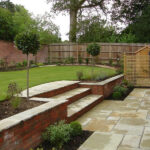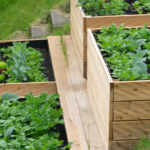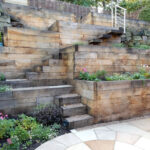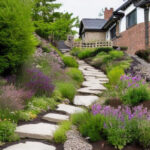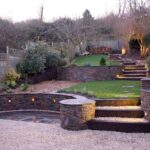When it comes to garden design, dealing with a slope can present a unique challenge. However, with careful planning and a creative approach, a sloped garden can be transformed into a stunning and functional outdoor space. Here are some tips for designing a garden on a slope.
First and foremost, it is important to assess the natural features of the slope and work with them rather than against them. Take note of the angle and direction of the slope, as well as any existing trees or shrubs that may need to be worked around. By understanding the natural elements of the slope, you can create a design that complements and enhances the existing landscape.
One of the key considerations when designing a garden on a slope is erosion control. Sloped gardens are more prone to soil erosion, so it is important to implement measures to prevent this. Terracing, retaining walls, and planting ground cover are all effective ways to stabilize the soil and prevent erosion. Additionally, mulching and proper drainage can help to mitigate erosion and keep your garden healthy.
Another important aspect of garden design on a slope is creating different levels or terraces within the space. By incorporating different levels, you can create distinct areas for different purposes, such as a seating area, a vegetable garden, or a flower bed. This not only adds visual interest to the garden but also makes it easier to navigate and maintain.
When selecting plants for a sloped garden, it is important to choose species that are well-suited to the unique conditions of a slope. Plants with deep root systems are ideal for stabilizing the soil, while ground cover plants can help to prevent erosion. Additionally, consider the amount of sunlight and water exposure on the slope when selecting plants, as these factors will impact their growth and overall health.
Incorporating hardscaping elements, such as pathways, steps, and retaining walls, can also enhance the design of a sloped garden. These elements not only provide practical function by improving access and usability, but they can also add visual interest and dimension to the space. Choose materials that complement the natural surroundings, such as natural stone or wood, to create a cohesive and harmonious design.
Finally, don’t be afraid to get creative and experiment with different design ideas in your sloped garden. Whether it’s incorporating a water feature, creating a rock garden, or planting a variety of colorful flowers, there are endless possibilities for making your sloped garden a beautiful and functional outdoor space. With careful planning and attention to detail, you can create a stunning garden that takes full advantage of the unique characteristics of a slope.

